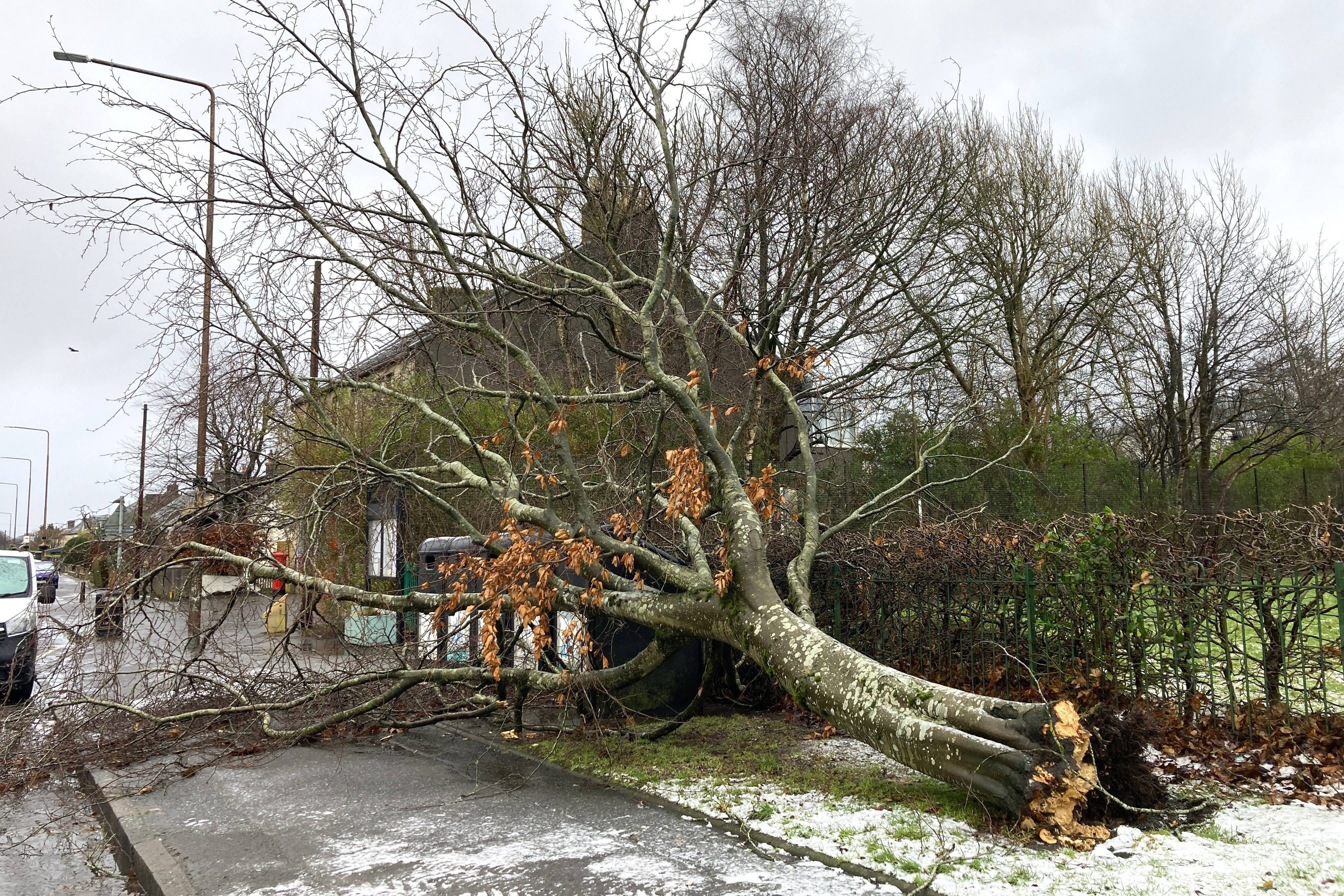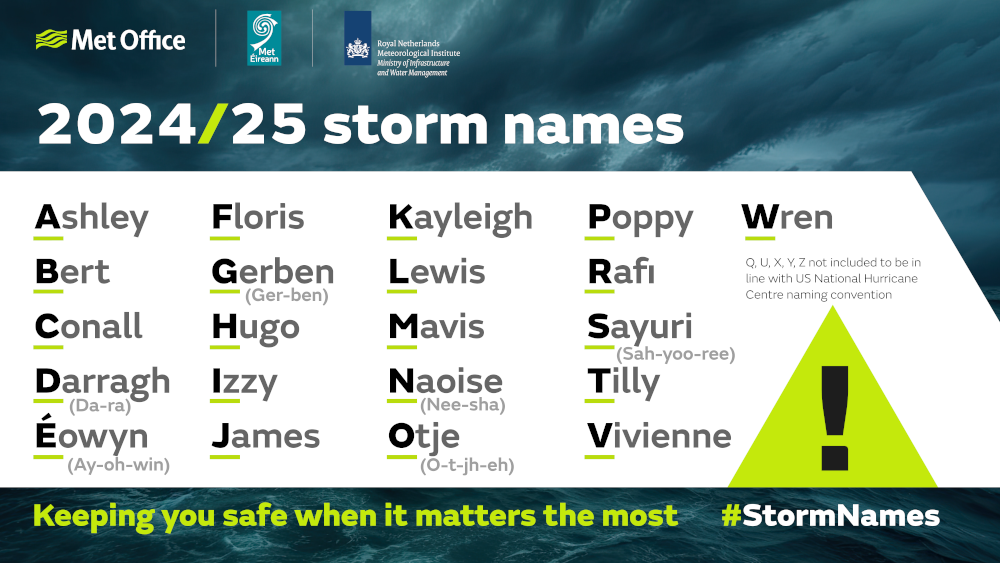Why is the UK experiencing back to back storms? The phenomena explained
There has been a new named storm every month since October - why is the UK experiencing so many intense weather events back to back?
Your support helps us to tell the story
From reproductive rights to climate change to Big Tech, The Independent is on the ground when the story is developing. Whether it's investigating the financials of Elon Musk's pro-Trump PAC or producing our latest documentary, 'The A Word', which shines a light on the American women fighting for reproductive rights, we know how important it is to parse out the facts from the messaging.
At such a critical moment in US history, we need reporters on the ground. Your donation allows us to keep sending journalists to speak to both sides of the story.
The Independent is trusted by Americans across the entire political spectrum. And unlike many other quality news outlets, we choose not to lock Americans out of our reporting and analysis with paywalls. We believe quality journalism should be available to everyone, paid for by those who can afford it.
Your support makes all the difference.The new year got off to a turbulent start in the UK as extreme winds and rain hit every part of the country in January. Storm Eowyn brought severe conditions, with rare red warnings issued for Northern Ireland for the very first time. Gusts of over 90mph were recorded in the country, leading to the destruction of buildings, nationwide power outages and a 20-year-old man tragically losing his life.
UK storm numbers in 2024
The first named storm of 2025 follows from nine that came last year. Ashley, Bert, Connall and Darragh all took place between October and December, meaning the UK has had four straight months without a break from weather phenomena. Residents are now also feeling the effects of Storm Herminia, which was named by the Spanish weather service.
Storms in the UK have been named by the Met Office since 2015, and can often feel back-to-back like this. They are highly unpredictable, but do tend to occur more commonly in the cold seasons.

Why does Met Office name storms?
The weather authority says it will name a storm when it has the potential to cause disruption or damage that could result in an amber or red weather warning. Experts will base this forecast on the criteria outlined in the National Severe Weather Warnings service, which weighs up how severe the impacts will be, and how likely they are to occur.
Why is the UK experiencing so many storms?
Met Office experts explain that the prevalence of storms can often be explained by one of the key drivers of UK weather: the jet stream. This is a column of air high up in the atmosphere that causes changes in wind and pressure at that level. The effects of this are then felt nearer the surface, in the weather we see.
The phenomenon can lead to the UK falling into the path of low-pressure systems, where unsettled weather conditions are more likely to occur.
Dr Amy Doherty, science manager of the National Climate Information Centre at the Met Office, explained last year: “The UK has a history of impactful storms stretching back hundreds of years, long before the introduction of named storms in 2015.

“One thing that is clear from observations is that there’s big variability year-to-year in the number and intensity of storms that impact the UK. This large variability is related to the UK’s location at the edge of continental Europe and relatively small geographic size, so small changes in the position of the jet stream – which puts us in the path of low-pressure systems – can make a profound difference in the weather we receive.
“This large variability means that we have to be particularly cautious when analysing the data. In our observational records, it’s hard to detect any trend one way or the other in terms of number and intensity of low-pressure systems that cross the UK. While our climate overall is getting wetter, there are no compelling trends in increasing storminess in recent decades. Recent stormy seasons – such as that of 2013-2014, before the storm naming system was introduced, clearly illustrate the fundamental problem with drawing conclusions from a simple count of the number of named storms.”
Will there be more storms in future?
The Met Office adds that most climate projections indicate that winter storms will increase in number and intensity in the UK as a result of climate change. Its experts say that this is subject to high variability in frequency and intensity, but are “confident” that the coastal impacts of windstorms will worsen as the sea level rises.
Join our commenting forum
Join thought-provoking conversations, follow other Independent readers and see their replies
Comments